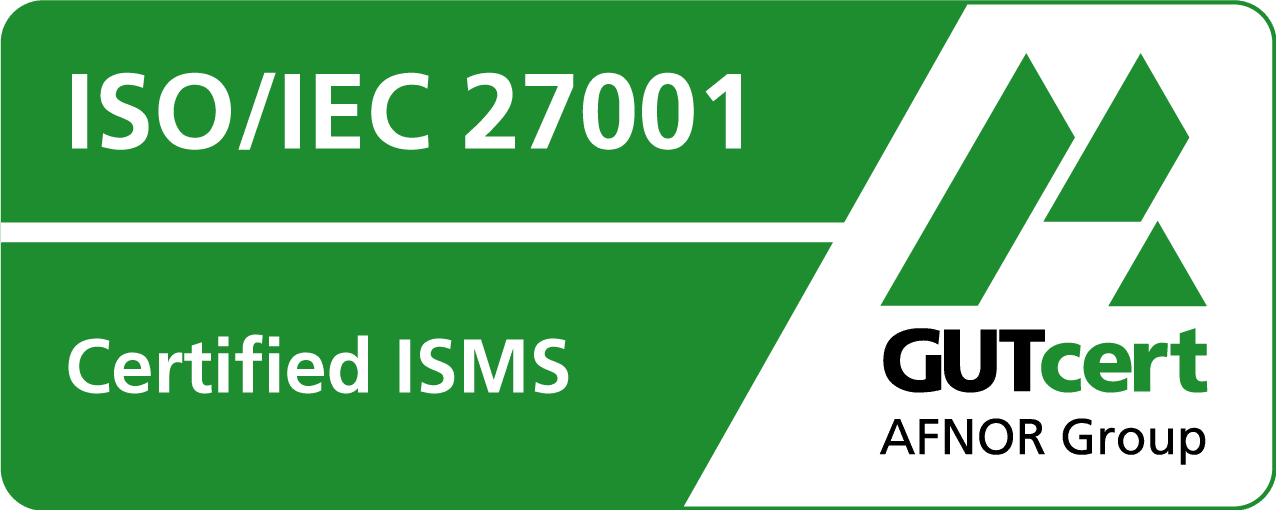Tag Archive for: Kubernetes

Hangar 10_2025: More stability, automation, and transparency for Kubernetes clusters
The release brings profound architectural changes that simplify operations, increase reliability, and noticeably reduce the workload for administrators.
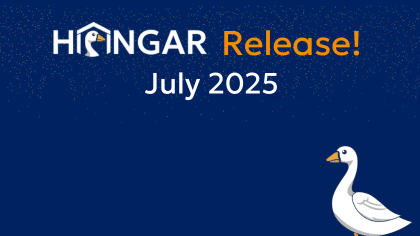
Hangar July Release – More Control, More Flexibility, More Community
The July 2025 release of Hangar is an important step towards enterprise-readiness and simplified administration. The update brings significant improvements in the areas of multi-tenancy, user management, and node pool management.

Hangar May Release – More Control, More Flexibility, More Community
The Hangar 2025_05 release introduces key improvements to Kubernetes management, including more flexible node pool control, targeted node removal, and a secure read-only demo mode. With its new “headless Kubernetes” approach, ATIX enhances resource efficiency and simplifies permissions by embedding the control plane directly into Kubernetes.

Rethinking Kubernetes: With Hangar to a Flexible Container Platform
In this webinar, you will get a practical introduction to the concept of headless Kubernetes and learn how to use Hangar to design modern cluster infrastructures – efficiently, securely and individually adaptable.

Kubernetes Observability: Tools and Best Practices for better transparency
Optimize your Kubernetes environment with effective cloud-native applications and containerized environments bring Kubernetes Observability into focus, especially in Kubernetes clusters. It provides insights into system behavior and performance, helps with problem analysis and ensures the reliable operation of complex, scalable applications.
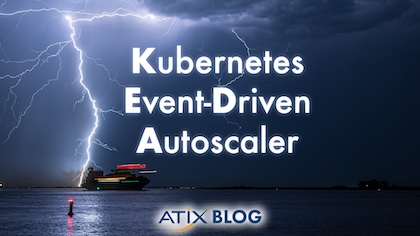
Scaling Applications to Zero with Kubernetes and KEDA
For cost reasons, it is often neither feasible nor desirable to assign enough resources to a deployment for it to be able to handle peak loads at all times. Therefore, we typically scale applications up and down based on the load they are currently facing. This usually involves a minimum number of instances deployed at any time, even if there is no load. This minimum can force us to keep more worker nodes in our Kubernetes cluster than necessary as the instances have an assigned resource budget. In this blog post, we will take a look at how to reduce the minimum amount of deployed instances to zero and discuss which kinds of applications benefit from that the most.

Kubernetes kOps
The cloud and Kubernetes belong together, right? More or less, this is the case. Although containerized applications quickly find a home environment with cloud providers, for some myterious reasons, it’s not that easy to set up a Kubernetes environment in the cloud. Unless you use kOps, the tool written exactly for this purpose. This is how it works.

New Adventures in ArgoCD: Automating Automation
ArgoCD is a great CICD tool for facilitating Git-based Kubernetes deployments. Helm is a widely used solution, with good reason, to simplify complex Kubernetes deployments and customize them to your needs. It's even supported by Argo per se. You can't ask for anything better than a combination of the two. Or can you?
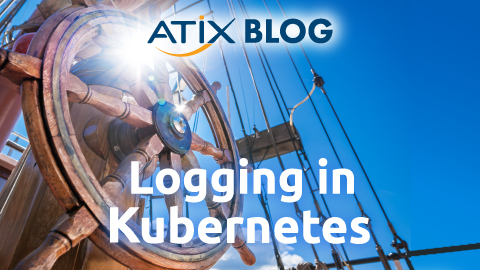
Logging in Kubernetes with Fluent Bit and OpenSearch
Logging primarily serves us to log processes within a program. We expect this to lead, for example, to better auditing, a faster error analysis, and, as a result, more robust programming. Today, we want to show you how to persist and visualize logs in a meaningful way with the right tooling.
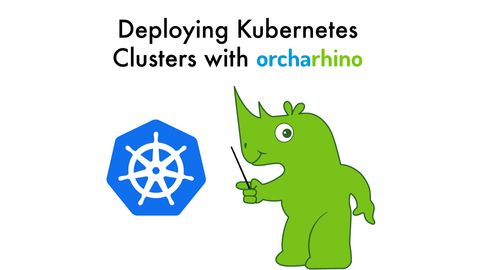
Deploying a Kubernetes Cluster with orcharhino
This blog post is about an orcharhino feature called application-centric deployment (ACD), and describes the process of deploying a Kubernetes cluster with orcharhino. It allows administrators to create hosts based on application templates, and makes it easier to run multiple instances/versions of a complex application.
Tag Archive for: Kubernetes

Hangar 10_2025: More stability, automation, and transparency for Kubernetes clusters
The release brings profound architectural changes that simplify operations, increase reliability, and noticeably reduce the workload for administrators.

Hangar July Release – More Control, More Flexibility, More Community
The July 2025 release of Hangar is an important step towards enterprise-readiness and simplified administration. The update brings significant improvements in the areas of multi-tenancy, user management, and node pool management.

Hangar May Release – More Control, More Flexibility, More Community
The Hangar 2025_05 release introduces key improvements to Kubernetes management, including more flexible node pool control, targeted node removal, and a secure read-only demo mode. With its new “headless Kubernetes” approach, ATIX enhances resource efficiency and simplifies permissions by embedding the control plane directly into Kubernetes.

Rethinking Kubernetes: With Hangar to a Flexible Container Platform
In this webinar, you will get a practical introduction to the concept of headless Kubernetes and learn how to use Hangar to design modern cluster infrastructures – efficiently, securely and individually adaptable.

Kubernetes Observability: Tools and Best Practices for better transparency
Optimize your Kubernetes environment with effective cloud-native applications and containerized environments bring Kubernetes Observability into focus, especially in Kubernetes clusters. It provides insights into system behavior and performance, helps with problem analysis and ensures the reliable operation of complex, scalable applications.

Scaling Applications to Zero with Kubernetes and KEDA
For cost reasons, it is often neither feasible nor desirable to assign enough resources to a deployment for it to be able to handle peak loads at all times. Therefore, we typically scale applications up and down based on the load they are currently facing. This usually involves a minimum number of instances deployed at any time, even if there is no load. This minimum can force us to keep more worker nodes in our Kubernetes cluster than necessary as the instances have an assigned resource budget. In this blog post, we will take a look at how to reduce the minimum amount of deployed instances to zero and discuss which kinds of applications benefit from that the most.

Kubernetes kOps
The cloud and Kubernetes belong together, right? More or less, this is the case. Although containerized applications quickly find a home environment with cloud providers, for some myterious reasons, it’s not that easy to set up a Kubernetes environment in the cloud. Unless you use kOps, the tool written exactly for this purpose. This is how it works.

New Adventures in ArgoCD: Automating Automation
ArgoCD is a great CICD tool for facilitating Git-based Kubernetes deployments. Helm is a widely used solution, with good reason, to simplify complex Kubernetes deployments and customize them to your needs. It's even supported by Argo per se. You can't ask for anything better than a combination of the two. Or can you?

Logging in Kubernetes with Fluent Bit and OpenSearch
Logging primarily serves us to log processes within a program. We expect this to lead, for example, to better auditing, a faster error analysis, and, as a result, more robust programming. Today, we want to show you how to persist and visualize logs in a meaningful way with the right tooling.

Deploying a Kubernetes Cluster with orcharhino
This blog post is about an orcharhino feature called application-centric deployment (ACD), and describes the process of deploying a Kubernetes cluster with orcharhino. It allows administrators to create hosts based on application templates, and makes it easier to run multiple instances/versions of a complex application.

